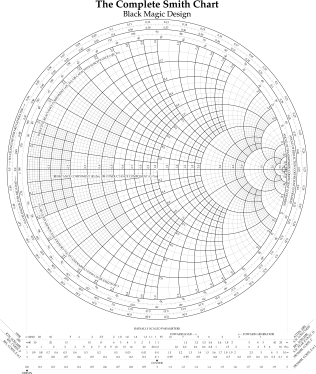> impedance always involves frequency...and phase.
Everything is an impedance.
If the impedance turns out to be CONSTANT at all frequencies and voltages, we might call it a Resistance.
This is never really true. Resistors get goofy at MHz or GHz, and also vary a little with voltage and temperature. But the resistor makers try to do good. For most purposes, we may get by with pretending they are pure resistors.
Vacuum tube plate impedance varies all over the place as you change operating point. It also has capacitance, and maybe enough inductance to notice. But by old convention, this is called resistance. In radio work, the plate is loaded with reactances so big that tube reactance is a small correction, and the tube's resistive impedance is the most important aspect of the tube. But since the small-signal "resistance" is obviously quite different from the DC resistance (especially in pentodes), we also say "dynamic resistance" to express what the signal current sees apart from what the power supply sees.
Phase? Well, most electrical things are "minimum phase". The phase response is exactly known from the impedance magnitude plot. One popular exception is loudspeakers. On the electrical side they are so near to minimum-phase you can hardly prove otherwise. But the sound that comes out can be delayed and resonated in very complex ways, giving phase response that is non-minimum. Spring or plate reverb must have the same thing.
> people tell me that they measured the impedance of a speaker with a VOM...No, you didn't!
I would (often) accept that, because of the way speakers work and the way we agree to interface them. In most cases, we don't care about the impedance except how low it goes. The lowest impedance in the operating range says how bad the amplifier will heat-up at full power. For simple (no crossover) speakers, the lowest impedance is generally around 400Hz and generally a little higher than the DC impedance. In fact without crossover or radical acoustic loading (which normally raises impedance), the impedance can NOT be less than the copper resistance: everything else is on the far side of the copper loss and can only add impedance. Around 400Hz, both the mass-impedance and the coil inductance are fairly small (because they are "bad") and the impedance is close to DCR. Some tweeters are tuned so high that they don't come near their DCR within their pass-band, but DCR is still a "safe" estimate of their load on the amp.
So if the DCR is 6 ohms, and I don't find chokes or coils in the box, I accept that it is an 8 ohm speaker. It may be 7 ohms, but what the heck. If the coil gets totally jammed, it may be 6 ohms all through the bass, but then the no-sound is the biggest concern. The fact that the impedance rises to 100 ohms in a narrow band around 50Hz is not an issue. The bandwidth is narrow enough that it does not reduce amplifer heat enuff to care about. The response will be level if standard tuning concepts were used. The reactive load-line looks ugly, but is no harder on the amp than the DCR, and anyway a loudspeaker amp MUST be designed to handle circular load-lines (or accept some bass-fuzz).
And proper crossovers will preserve this minimum load concept. (There are improper crossovers where a response-dip is "fixed" by a deep impedance dip to suck more power out of the poor amp.) A good 2-way or 3-way showing 6 ohms DCR can be connected as a 8 ohm load.



